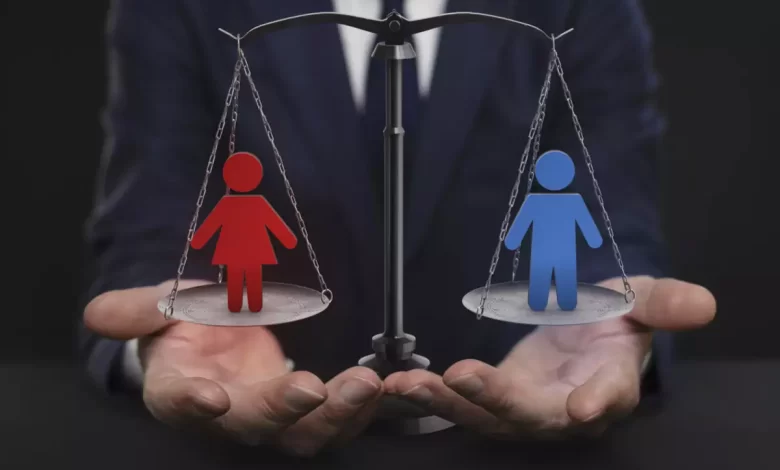Gender defined roles – are they still relevant

Gender equality has come a long way in the last 100 years. Nonetheless, societies around the world continue to demonstrate the significant presence of gender roles. H. The combination of behaviors, appearances, and attitudes that society expects and deems appropriate for an individual based on the individual’s gender. Gender role definitions, for example, include specifications for different occupations and jobs for men and women.
Sociological definitions of gender roles decipher the origins of gender roles and how they are perpetuated in society. Gender roles are rooted in gender her binary. Binary gender is the idea that only two genders, male and female, are equal to two genders. Feminist and queer scholars have expanded societal understanding of gender and gender diversity beyond binary gender distributions. These theories state that an individual’s biological characteristics determine their sex.
In contrast, gender is understood as an expression of different characteristics and behaviors of individuals coded as male or female. Gender roles and gender polarization exclude people who are not gendered and exclude gender nonconforming, non-binary, transgender, intersex, and LGBTQ people. Gender roles are based on societal understandings of femininity and masculinity, or combinations of attributes that are considered natural for women and men. Gender roles are closely related to gender stereotypes, or generalizations about who a person should be or should be based on their gender. Gender stereotypes mainly he falls into four categories ie appearance – a person’s body type, characteristics, skin color, hair color and texture, clothing, expectations and ideals of appearance.
Second is Personality traits this deals with expectations and ideals of a person’s behavior. Third is occupation that includes expectations about the type of work a person should have or aspire to. Finally Domestic Behavior that is expectations about the responsibilities a person has in the home environment. Gender stereotypes perpetuate gender roles and are an important part of socialization. By hearing about the gender stereotypes associated with the four categories above, children learn what behaviors to imitate and avoid. Ultimately, gender stereotypes influence the construction of traditional gender roles for women and men. there are similarities.












